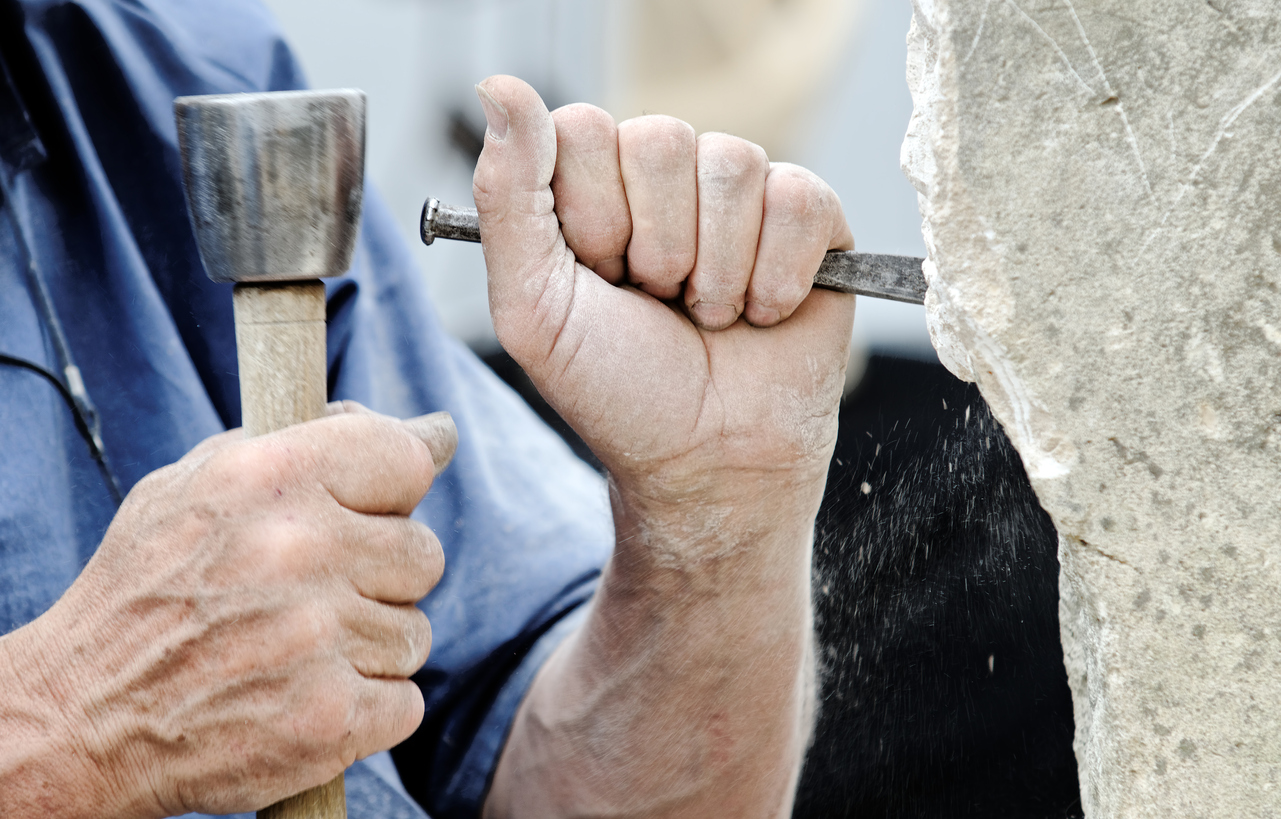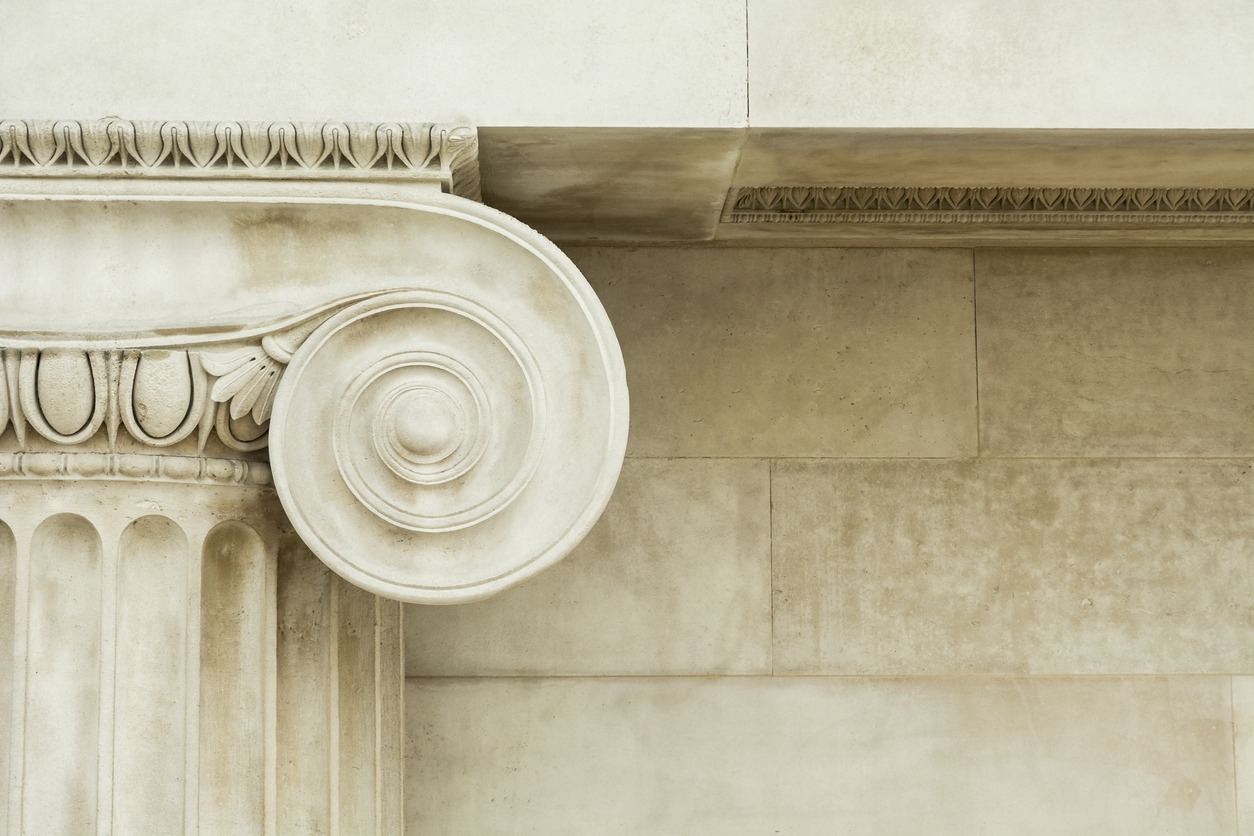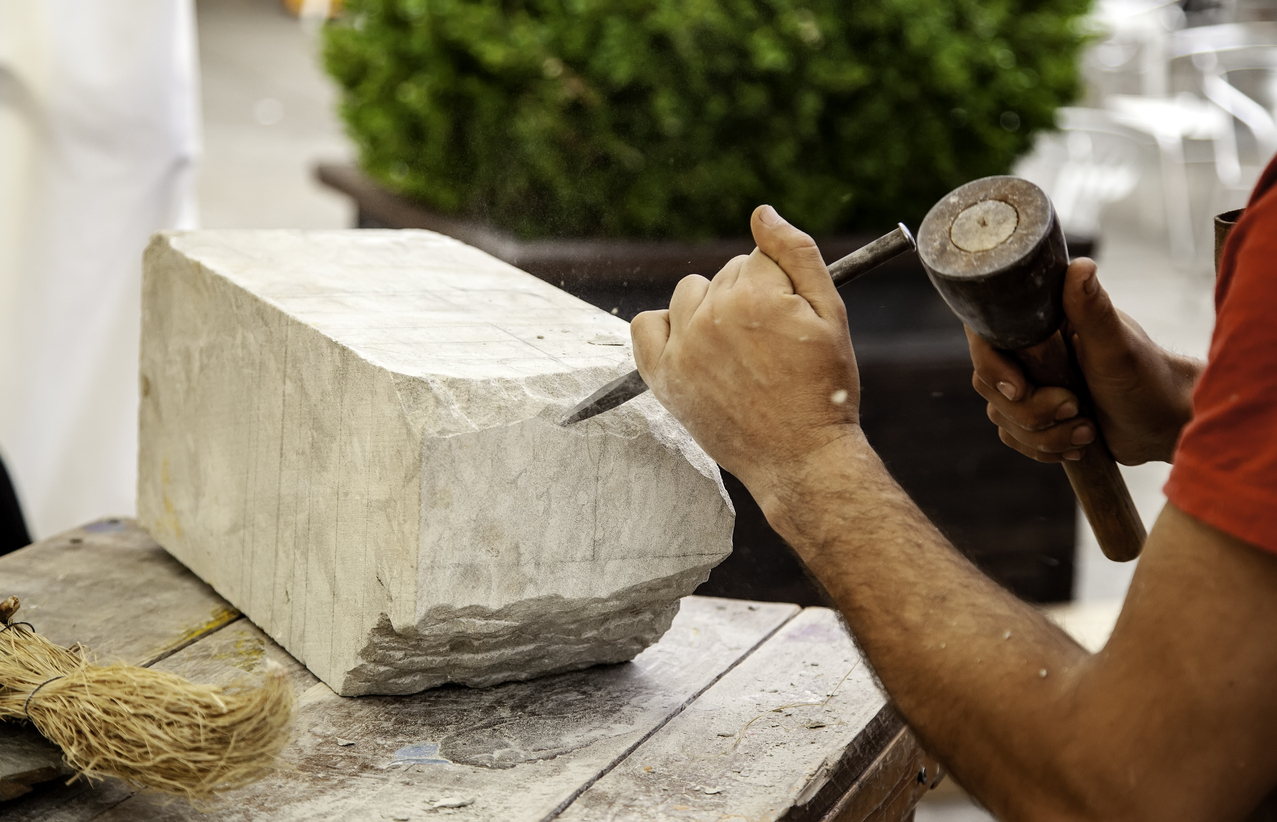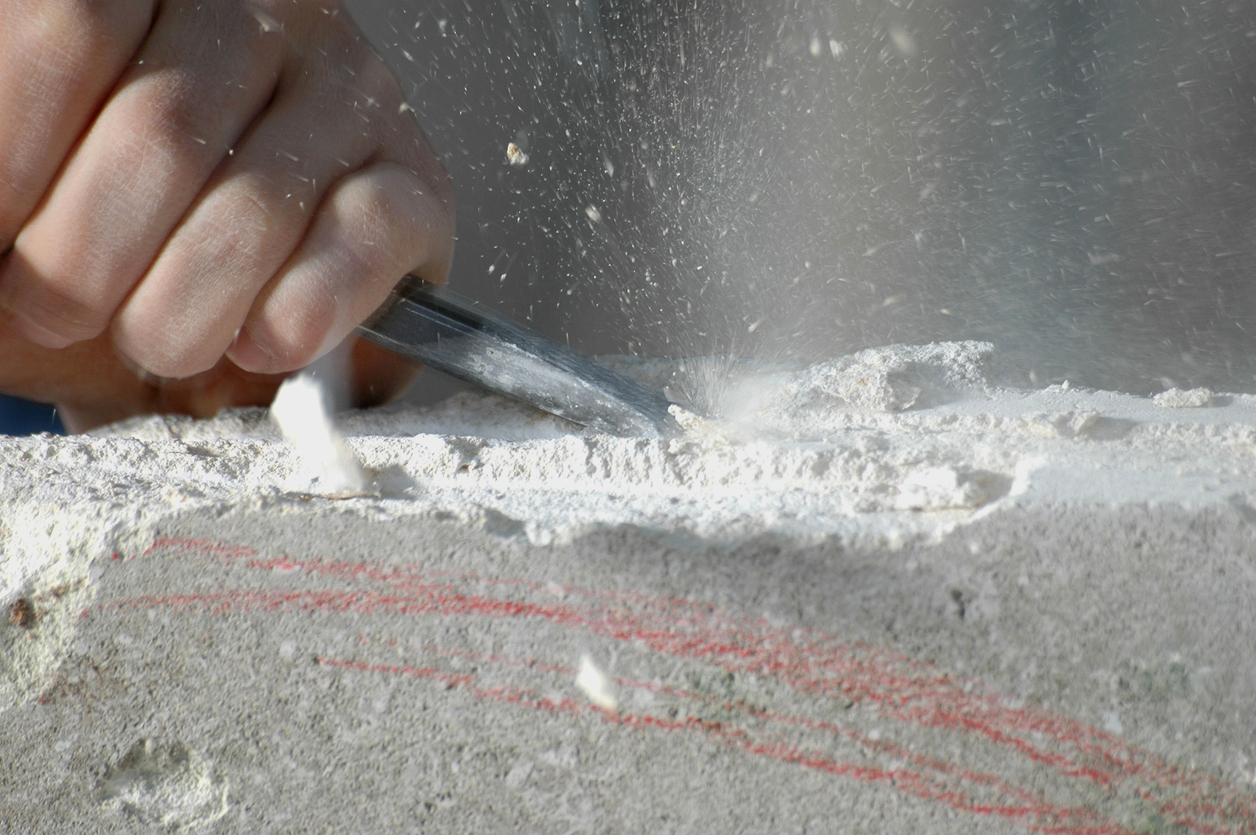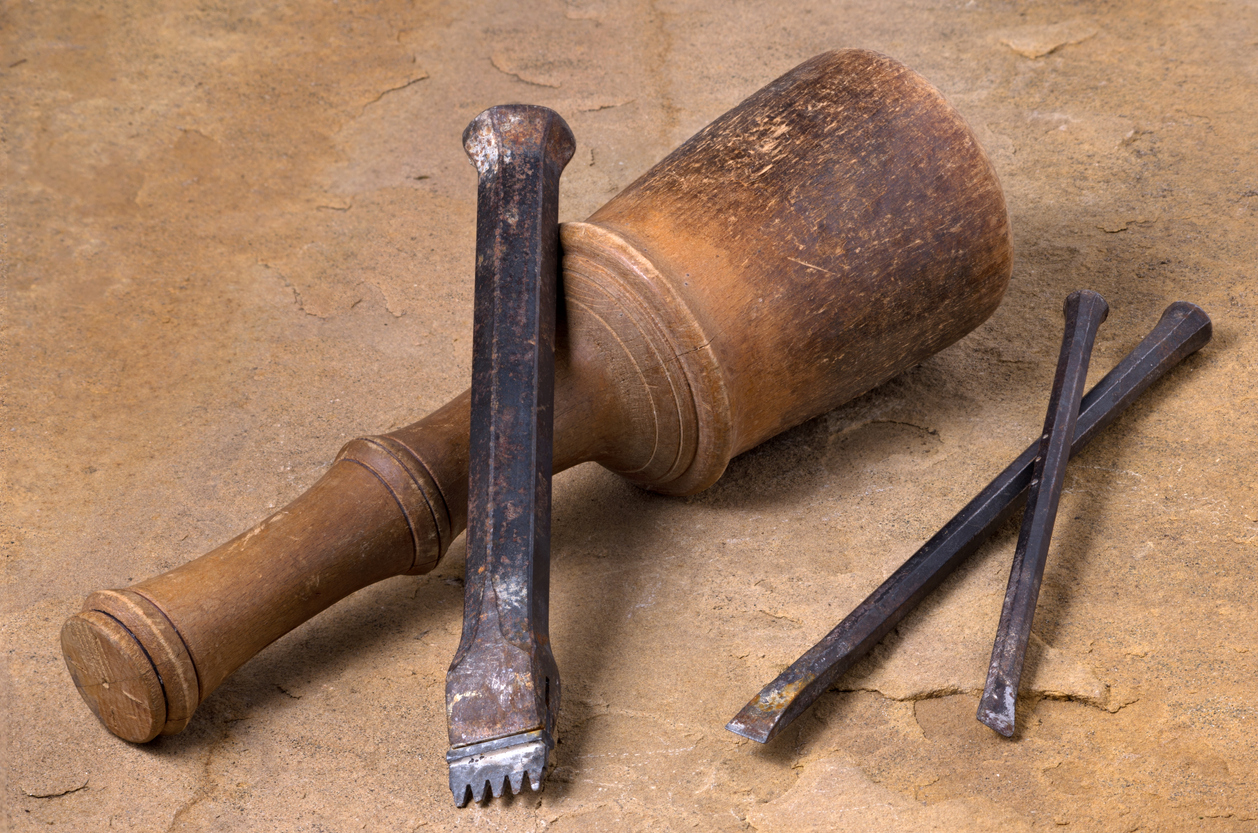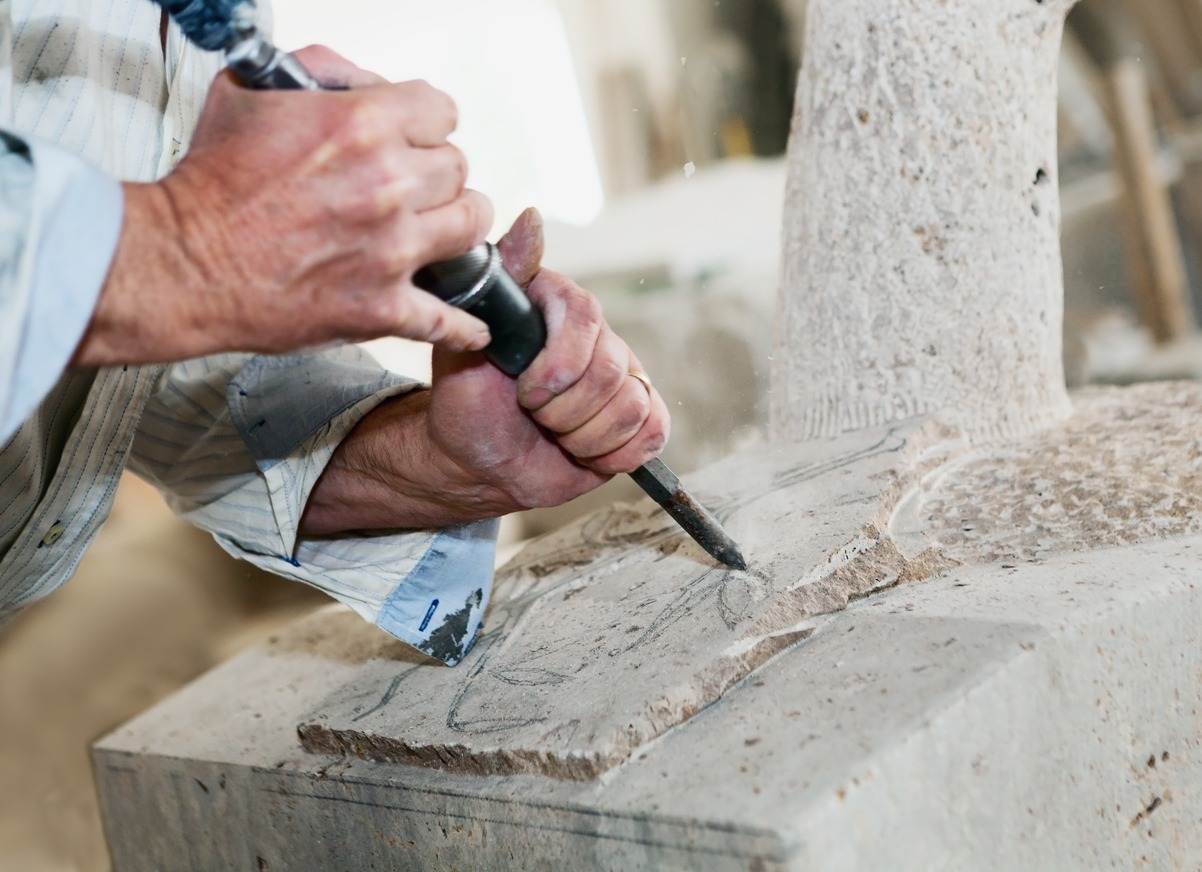The act of creation is frequently a source of great passion for artists, but some people find it to be a soothing way to pass some free time. Sculpture has existed for thousands of years in many forms. Due to their durability, materials like stone have been carved to create some of the earliest discovered forms. Sculpture is the deliberate removal of stone from a single rock or enormous slabs, like in the case of the oldest types of art known as petroglyphs. These pictures were made by removing a portion of a rock surface and leaving the remaining part in place using incising, pecking, cutting, and abrading. These paved the way for architectural sculpture, connected to buildings, and monumental sculpture, which covers vast works. The craft of cutting hardstones, such as jade, agate, onyx, rock crystal, carnelian, or sard, is used to express one’s creativity.
Stone Sculpting Details
Read More About This Hobby| Category: Art, Handicraft, Physical | Time: 2+ hrs | Skill: Lots |
| Initial Cost: $$$ (101-500) | Space: lots | People: alone |
| Long-Term Cost: Low | Makes Money: Yes | Location: indoor |
In jest, artists oversimplify the sculpting process by asserting that all that needs to be done is to scrape away everything from a block of clay or stone that “doesn’t belong.” The principle is sound but a little more complicated than that. Three-dimensional sculptures are created by combining and sculpting hard materials like marble and stone. Sculpting with sound and light is just one of the fascinating new directions that working with nature has taken recently. This essay will describe some of the more well-known sections and detail the more practical or innovative aspects to focus on hobby sculpting.
Brief History
Venus figurines made of stone, which started to appear in various locations throughout Europe at approximately 30,000 BCE, are the oldest sculptures ever created. Stone statues and reliefs were also frequently used in cultures of Egypt, Persia, Assyria, and Mesopotamia, with these ancient craftsmen and masons being a vital influence on Greek sculpture. Stone relief sculptures may be seen in caves such as the Cap Blanc, Roc de Sers, and Roc-aux-Sorciers.
The Romanesque artistic era saw the height of stone carving. The Gothic architectural era produced the most extensive collection of three-dimensional religious stone sculptures ever seen in sculpture history. There are 887 Moai monolithic human figures, commonly known as Easter Island Heads, on the Polynesian island of Easter Island, which is home to some stunning works of oceanic art. These enormous sculptures depicted the live faces of deified ancestors and were carved by the Rapa Nui people between 1250 and 1500CE out of volcanic tuff.
The new method claimed that the actual carving process rather than a meticulously planned preliminary model should determine the final form. Earlier sculptures were always based on a preconceived model and were frequently carved by the artisans employed by the artist. Direct carving, which promotes appreciation for the inherent qualities of a carving medium, was also used when dealing with a range of marble and wood. Other well-known artists quickly followed suit, including Barbara Hepworth, Jacob Epstein, and Henry Moore.
How to start this hobby
Subtraction techniques are used while carving stone; the unwanted material must be removed. Several two methods to start. Try to find a stone around the same size as the subject matter you have in mind if you have one.
The closer the shape is to your intended subject, the less work and stone waste there will be. Also, if you have a particular stone in mind to carve, you might examine it and determine what is “stuck inside it,” waiting to be revealed and released.
In contrast to other materials, the stone is unpredictable and dense, making it challenging to form precisely. Stone carving involves perseverance and preparation.
Process of working with stone
The stone is simple to get and carve, and because it can be rough-hewn or exquisitely polished, it offers a wide range of possibilities. It is available in various variations, giving painters a wide range of options in terms of color, quality, and hardness. The outcome varies depending on whether you deal with volcanic, mineral, sedimentary, metamorphic, or semi-precious stones.
Making Stone Abrasive
A point chisel, a wedge-shaped pitching chisel, or a mason’s driving hammer is used to crudely pitch larger portions of the extra stone before carving it into a sculpture. A regulated hammer stroke is used to strike the edge of the pitching instrument against a chosen area of the stone. The sculptor must exercise extreme caution when using these tools because even the slightest error could harm the stone.
- Refining the Form
After the sculpture takes on a rough form, the sculptor utilizes different tools to refine it after making precise marks on the stone with charcoal, pencil, or crayon. The texture is typically added to the piece using tools like a claw chisel or a tool with teeth. At this point, the artist uses softer, shallower strokes.
- Final stages
When the sculpture’s general form has been established, the artist utilizes rasps and rifflers to enhance that shape. The sculptor removes the extra stone in the form of small pieces or dust with broad, sweeping strokes. Delicate intricacies are crafted in the item using a riffler. The sculpture is polished using sandpaper or a sand cloth after the sculptor is done with the sculpting. This procedure highlights the stone’s color, shows surface patterns, and adds gloss.
Tools and Techniques
When carving stone, using the proper safety gear is crucial. You will require a face shield or protective eyewear in addition to dust masks or respirators. Work gloves and steel-toe boots are also suggested. Hearing protection is required when using power tools.
Conclusion
In stone carvings, the emphasis is placed on the rock’s deeper meanings and physical characteristics. The best advice for anyone starting a new pastime is to take baby steps. Examine your aptitude for it. Although high-quality tools are essential for performing the work correctly, buying whole sets at once is not required. Buy the first few components as you need them. Use everyday items like stamps, popsicle sticks, and spoon handles to practice texture imprinting.
It does not have to be pricey. If you like what you see, start looking into some of the more complex items and look for studios in your neighborhood that rent out their kilns for cheap. For techniques and advice, you can look in books and on the internet. You can attend seminars that pass through your area and network with local hobbyists.
